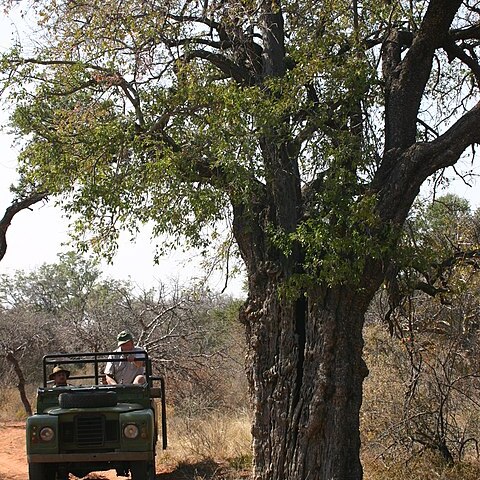Inflorescences axillary, sessile, spicate and amentiform, or racemose, unisexual or bisexual with the inflorescence mostly male and with 1–3 female flowers at the base; bracts glandular or not at the base, 1-flowered.
Female flowers small, shortly pedicellate; sepals 3–5, open in bud; petals and disk absent; ovary (2)3-locular, with 1 ovule per locule; styles (2)3, united at the base, entire, not strongly coiled.
Male flowers small, sessile; sepals (2)5, imbricate; petals and disk absent; stamens 3, free or united, exserted; anthers extrorse, basifixed, bithecate, longitudinally dehiscent; pistillode absent.
Seeds globose or ovoid; testa crustaceous; caruncle minute, separating from the seed and remaining adnate to the columella; albumen fleshy; cotyledons broad, flat.
Fruit (2)3-lobed, dehiscing into bivalved cocci; valves not readily separating; exocarp smooth; endocarp thinly crustaceous; columella persistent.
Leaves alternate, petiolate, stipulate, simple, crenate, penninerved, glanduliferous at the petiole apex.
Dioecious or monoecious glabrous trees or shrubs.

